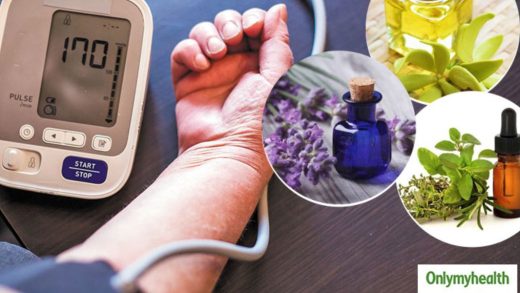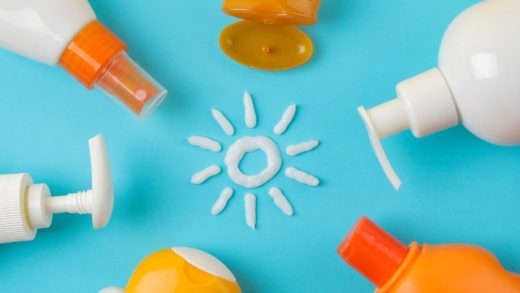Despite the fact that brushing your teeth may appear to be a tedious chore in our daily routine, it actually plays a crucial role in preserving your oral health overall. Brushing your teeth is not just a habit that helps you breathe easier, but it also plays a significant part in preventing a variety of dental issues. An examination of the significance of brushing is presented in this article, which sheds light on the various repercussions that may result from ignoring this basic component of dental care.
Why Brushing is so Crucial?
Brushing your teeth is crucial for maintaining good oral health and preventing various dental issues. Here are several reasons why brushing is important:
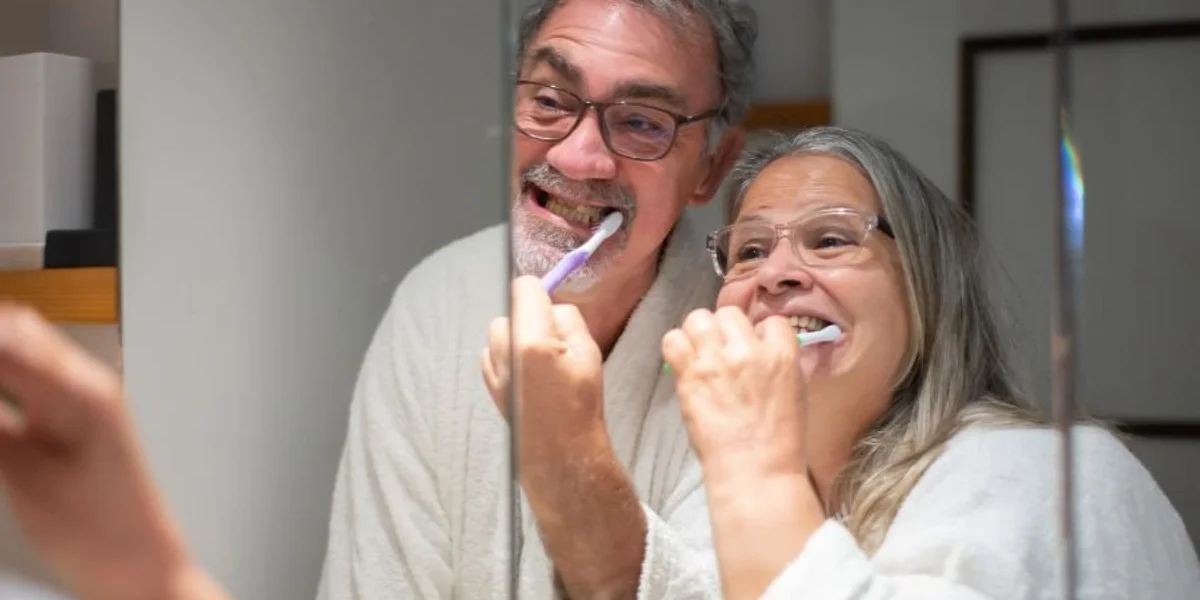
The removal of plaque: Plaque is a biofilm that attaches to the surfaces of teeth and is made up of bacteria, food particles, and saliva. Plaque, if left unattended, has the potential to harden into tartar, which is sometimes referred to as dental calculus. This type of tartar is significantly more difficult to remove and requires the assistance of a skilled dentist.
Excessive accumulation of tartar can irritate the gums, which can then lead to inflammation and gum disease. If you brush your teeth twice a day, you will be able to disrupt the creation of plaque, which will prevent it from forming and will also reduce the likelihood of tartar formation.
Prevention of the Decay of the Teeth: Caries, which is another name for tooth decay, is a condition that happens when the enamel, which is the tooth’s outermost layer, is attacked by acids that are produced by bacteria that are found in plaque. Using this acid, the enamel is demineralized, which ultimately results in the creation of cavities.
Brushing your teeth helps eliminate plaque and food particles from your teeth, which in turn reduces the quantity of bacteria with the ability to produce acid in your mouth. Additionally, fluoride toothpaste helps to build the enamel, which makes it more resistant to acid attacks and contributes to the prevention of tooth decay.
Prevention of Gum Disease: Gum disease comprises a wide variety of disorders, ranging from gingivitis, which is a mild inflammation of the gums, to periodontal disease, which is a more serious type of periodontal disease that can lead to the loss of teeth. The accumulation of plaque along the gumline is the key factor that leads to gum disease.
If plaque is allowed to build up, it has the potential to irritate the gums, which can result in bleeding, swelling, and redness. The removal of plaque and the prevention of gum inflammation can be accomplished with consistent brushing, particularly along the gumline. This, in conjunction with flossing and getting regular dental cleanings, is an essential component in the prevention of gum disease.
Invigorates the Breath: Bad breath, often known as halitosis, can bring up feelings of embarrassment and social isolation. The collection of germs in the mouth, particularly on the tongue and in the spaces between the teeth, is frequently the cause of this oral condition. Sulfur compounds that are volatile are produced by these bacteria, and they give off offensive scents.
When you brush your teeth, you help remove bacteria and food particles from your mouth, which in turn reduces the source of foul breath. Additionally, in addition to brushing your teeth, employing a tongue scraper and mouthwash can be more effective in maintaining dental hygiene and freshening your breath.
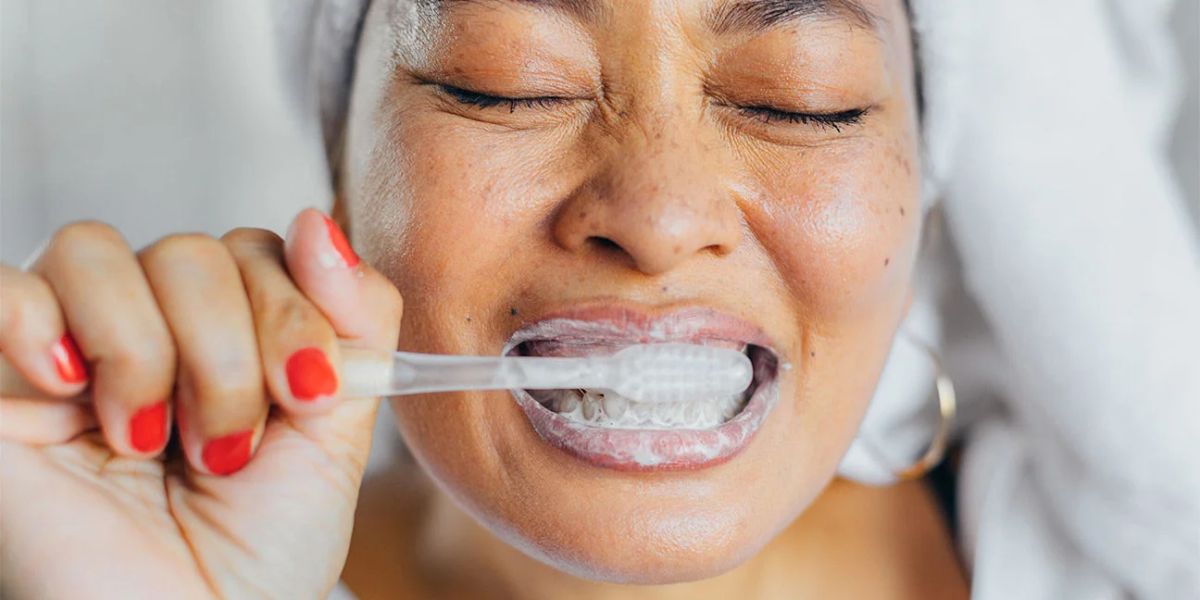
Protects Against Staining: There are certain foods and beverages, like as coffee, tea, red wine, and berries, that contain pigments that have the potential to discolor the enamel of your teeth over and over again. Tobacco usage and smoking are two other factors that might result in unattractive stains on teeth.
The act of brushing alone might not be sufficient to entirely remove deep stains, but it can be helpful in preventing new surface stains from appearing. In addition, having your teeth cleaned by a dental hygienist on a regular basis can successfully eliminate stains that are difficult to remove and restore the natural brightness of your beautiful smile.
Enhances the Health of the Whole: Intricate connections exist between the health of your tongue and the health and well-being of your body as a whole. The lack of proper dental hygiene has been linked to an increased risk of a number of systemic illnesses, such as cardiovascular disease, diabetes, respiratory infections, and unfavorable outcomes during pregnancy.
It is possible for bacteria and inflammation that are present in the mouth to enter the bloodstream and contribute to inflammation in other parts of the body, which might potentially make preexisting health concerns worse. In order to lessen the likelihood of experiencing these systemic health problems, it is possible to practice appropriate oral hygiene habits, such as brushing your teeth on a consistent basis.
The Dental Work Is Preserved: If you have dental restorations such as fillings, crowns, or bridges, it is imperative that you do proper maintenance on them in order to ensure that they last as long as possible. The accumulation of plaque and tartar surrounding dental restorations can result in the development of cavities, gum disease, and ultimately the failure of the restoration for the patient.
Plaque accumulation around dental work can be prevented by brushing your teeth twice a day, flossing, and using antimicrobial mouthwash. This helps to preserve the integrity of the dental work and extend its lifespan.

Negative Impacts of Not Brushing Regularly
Plaque and Tartar Formation: Plaque is a biofilm that forms on teeth and consists of bacteria, saliva, and food particles. When plaque is not removed thoroughly by brushing, it can solidify into tartar (also known as calculus) within 24 to 72 hours. Tartar creates a rough surface for more plaque to accumulate, worsening the problem. This deposit not only leaves an unattractive yellow or brownish covering on the teeth, but it also contains hazardous germs that can cause dental decay and gum disease.
Tooth Decay and Cavities: Plaque contains bacteria that digest sugars from our diet, releasing acids as byproducts. These acids damage the enamel, and the outer protective coating of the teeth, causing demineralization and deterioration of its structure.
Without intervention, this process results in tooth decay, which is defined by the creation of cavities or dental caries. Cavities can range from little pits or holes in the enamel to more significant decay that damages the tooth’s inner layers, potentially causing discomfort, and infection, and necessitating dental treatments such as fillings, root canals, or tooth extraction.
Gum Disease: Plaque accumulation along the gumline can irritate and inflame the gums, resulting in gingivitis, the first stage of gum disease. Gingivitis symptoms include gum redness, swelling, soreness, and bleeding, particularly while brushing or flossing.
If left untreated, gingivitis can advance to periodontitis, a more severe form of gum disease that causes pockets between the gums and teeth, bone loss, gum recession, and eventual tooth loss. Professional intervention is required for advanced gum disease, which includes deep cleaning techniques like as scaling and root planing, as well as surgical treatments in severe cases, to restore gum health.
Bad Breath (Halitosis): Plaque bacteria emit foul-smelling gases as they metabolize food particles and carbohydrates in the mouth. Without frequent brushing to remove plaque and food debris, these bacteria proliferate and produce volatile sulfur compounds, which contribute to chronic bad breath or halitosis. Chronic bad breath can be uncomfortable in social situations and may suggest underlying oral health problems including gum disease, dental decay, or poor oral hygiene habits.
Staining and discoloration: Surface stains from meals, beverages, and tobacco products can build up on enamel over time, causing tooth discoloration and staining. Without frequent brushing, these stains can grow more visible and difficult to remove. In addition to aesthetic difficulties, tooth staining can have an impact on self-esteem and social relationships, leading people to avoid smiling or speaking openly.
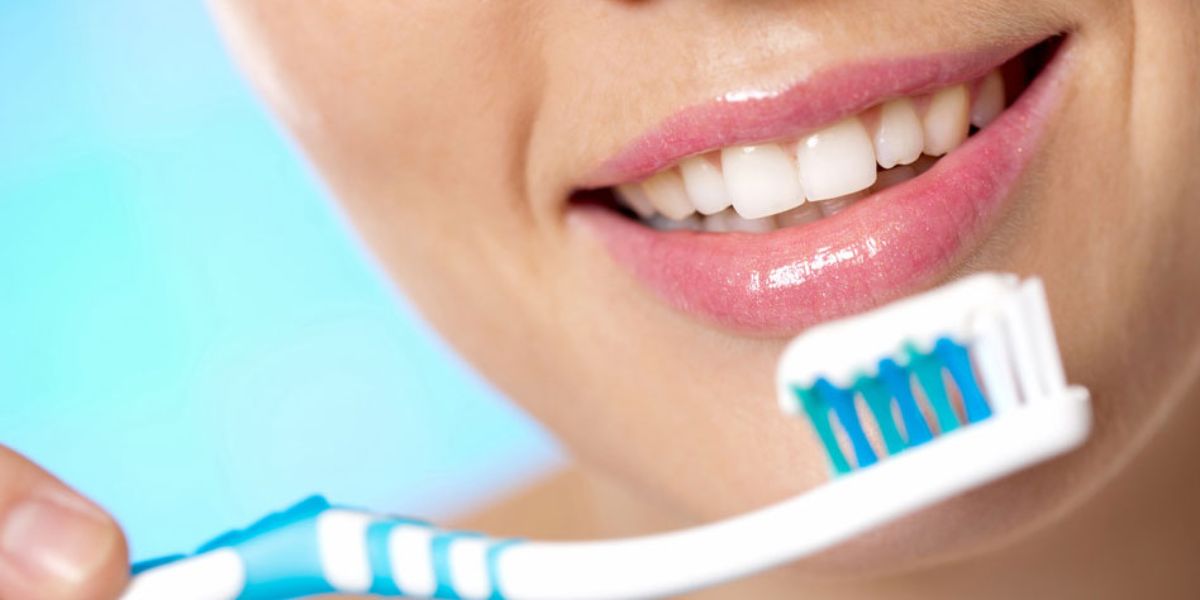
Systemic Health Risks: Poor dental hygiene has been linked to a variety of systemic health issues, including cardiovascular disease, diabetes, respiratory infections, and poor pregnancy outcomes. Bacteria and inflammation from untreated gum disease can enter the circulation, causing systemic inflammation and raising the chance of developing or worsening serious health problems. Neglecting dental care has far-reaching effects on overall well-being and quality of life, in addition to its influence on oral health.
3 Times When You Shouldn’t Brush Your Teeth, As Per Experts
Immediately After Consuming Acidic Foods or Beverages: Acidic foods and beverages, such as citrus fruits, sodas, and certain types of juices, can weaken the enamel—the protective outer layer of the teeth. Brushing immediately after consuming acidic substances can potentially damage the enamel further.
The abrasive action of brushing can wear down the softened enamel, leading to erosion and increased tooth sensitivity. Dental experts recommend waiting at least 30 minutes to an hour after consuming acidic foods or beverages before brushing your teeth.
Enamel erosion occurs when acids attack the tooth’s surface, gradually wearing it down over time. Brushing immediately after consuming acidic substances can exacerbate this erosion by physically abrading the softened enamel. Waiting allows the saliva to neutralize the acids and remineralize the enamel, reducing the risk of damage during brushing.
Key Points:
- Acidic foods and beverages weaken tooth enamel.
- Brushing immediately after consumption can worsen enamel erosion.
- Waiting allows saliva to neutralize acids and remineralize enamel.
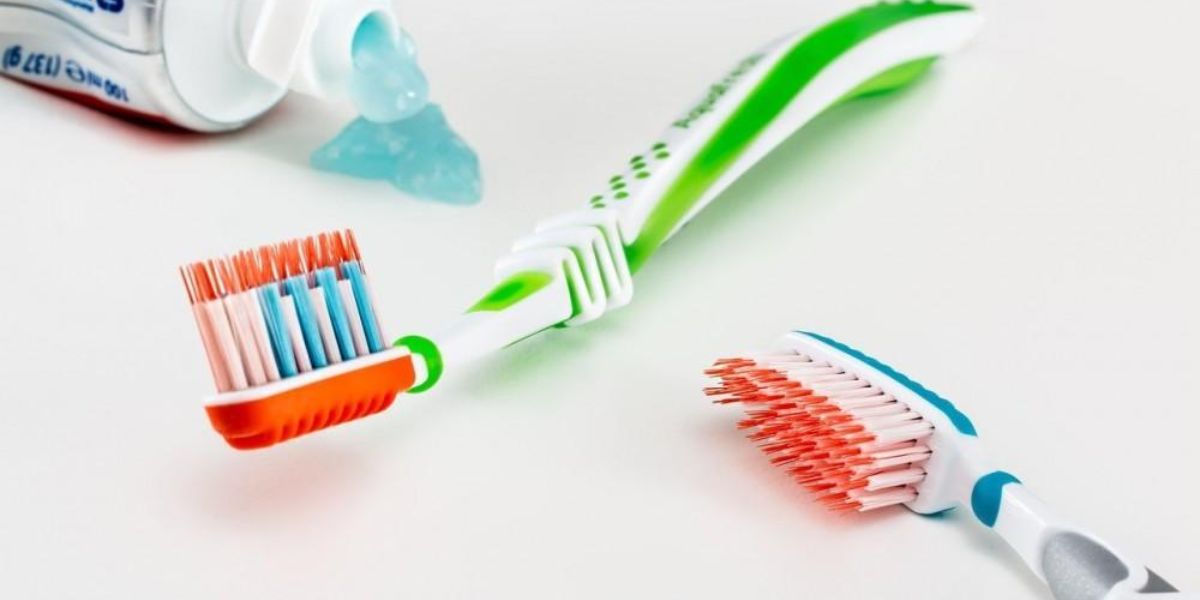
Before or After Consuming Sugary or Starchy Foods: Sugary and starchy foods provide fuel for harmful bacteria in the mouth, leading to the production of acids that can cause tooth decay. Brushing immediately before or after consuming these foods can spread the acids around the mouth, increasing the risk of enamel erosion and cavities. Dental experts advise waiting for a suitable interval after consuming sugary or starchy foods before brushing to minimize this risk.
When we consume sugary or starchy foods, bacteria in the mouth metabolize the sugars and produce acids as byproducts. These acids attack the tooth enamel, initiating the decay process. Brushing immediately after eating these foods can spread these acids across the teeth, exacerbating enamel erosion and promoting cavity formation.
Key Points:
- Sugary and starchy foods fuel the bacterial production of acids.
- Brushing immediately after consumption can spread acids, increasing decay risk.
- Waiting allows saliva to help neutralize acids and protect teeth.
After Vomiting or Acid Reflux Episodes: Vomiting or experiencing acid reflux can introduce stomach acids into the mouth, which are highly corrosive and damaging to tooth enamel. Brushing immediately after such episodes can compound the harm by spreading the acids and further weakening the enamel. Dental experts recommend rinsing the mouth thoroughly with water or fluoride mouthwash after vomiting or acid reflux episodes and waiting at least 30 minutes before brushing.
Stomach acids, including hydrochloric acid, are potent enough to erode tooth enamel. When vomit or stomach contents come into contact with teeth during vomiting or acid reflux episodes, they expose the teeth to these corrosive acids. Brushing immediately after can spread the acids around the mouth, accelerating enamel erosion. Rinsing with water or a fluoride mouthwash helps dilute and neutralize the acids, reducing their damaging effects.
Key Points:
- Vomiting or acid reflux exposes teeth to corrosive stomach acids.
- Brushing immediately after can spread acids, worsening enamel erosion.
- Rinsing with water or mouthwash helps dilute and neutralize acids.
What to do instead of brushing?
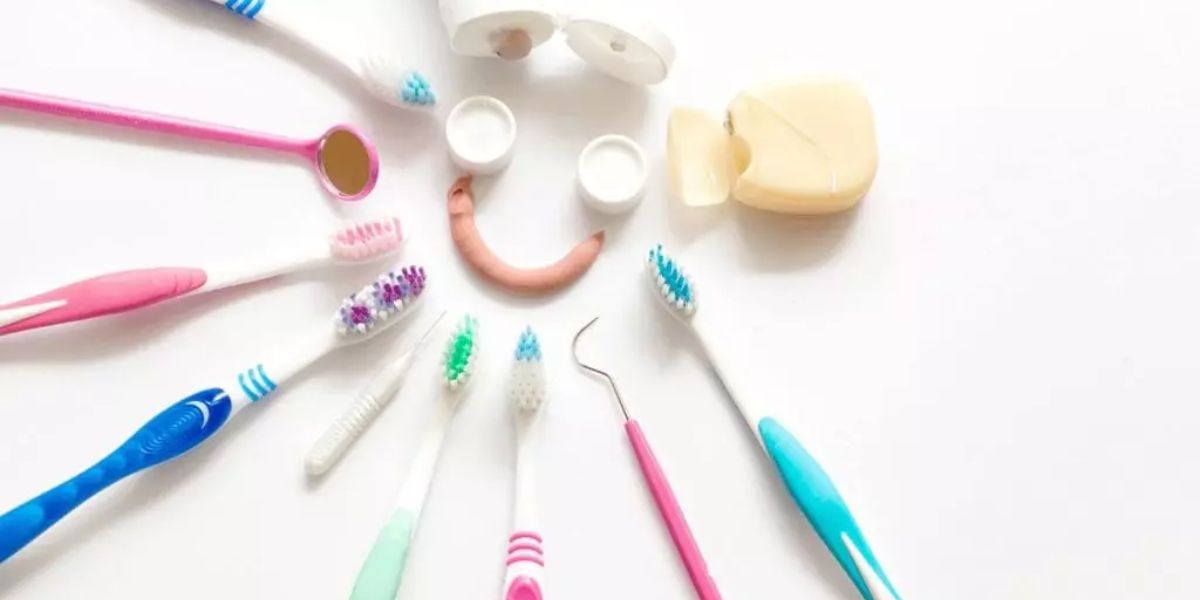
Here are some expert-approved alternatives to consider:
Wait 30 to 60 minutes: For all of these situations, it’s generally recommended to wait about 30 to 60 minutes before brushing your teeth. This waiting period allows your saliva to help neutralize the acids and begin the process of enamel remineralization.
Using water to wash your teeth: To help further protect you from these acid attacks on your enamel, you can swish with normal tap water immediately after these activities. However, he cautions that this “does not usually do much for the bad breath or taste associated with these activities — which is why people feel the urge to brush immediately after in the first place.”
Rinse with mouthwash: Swishing with a non-acidic, alcohol-free mouthwash is another option that can help without drying the mouth or exacerbating acid exposure. For after vomiting, rinsing with a mixture of water and baking soda can help neutralize the acidic levels in the mouth, as well.
It is recommended to use an alkaline/pH-neutral rinse after meals. It really helps to effectively buffer out the acids while still freshening your breath as well.
Conclusion
There are situations in which brushing your teeth might not be the best course of action, despite the fact that maintaining regular oral hygiene is vital for keeping dental health. Following the consumption of acidic or sugary foods, as well as after vomiting or having episodes of acid reflux, dental professionals advise against brushing the teeth shortly after eating these foods.
When saliva is allowed to neutralize acids and remineralize enamel, the danger of damage occurring while brushing is reduced. This is accomplished by waiting for an appropriate interval. It is possible for individuals to protect their oral health and keep their teeth and gums in good condition for many years to come if they have an understanding of these situations and adhere to the guidelines that are typically given.


